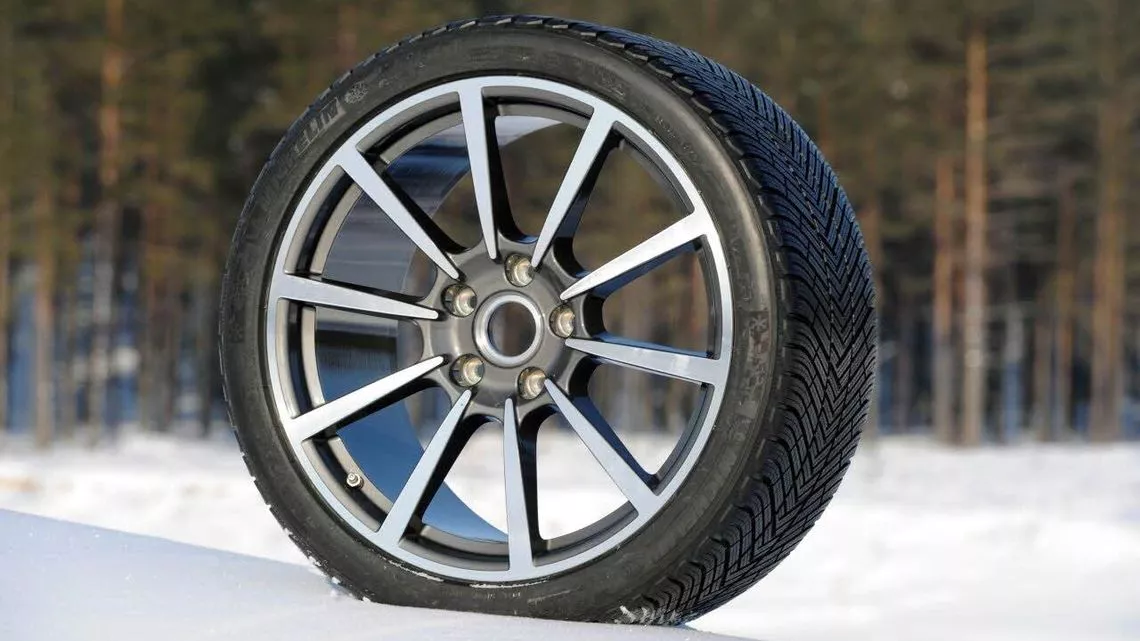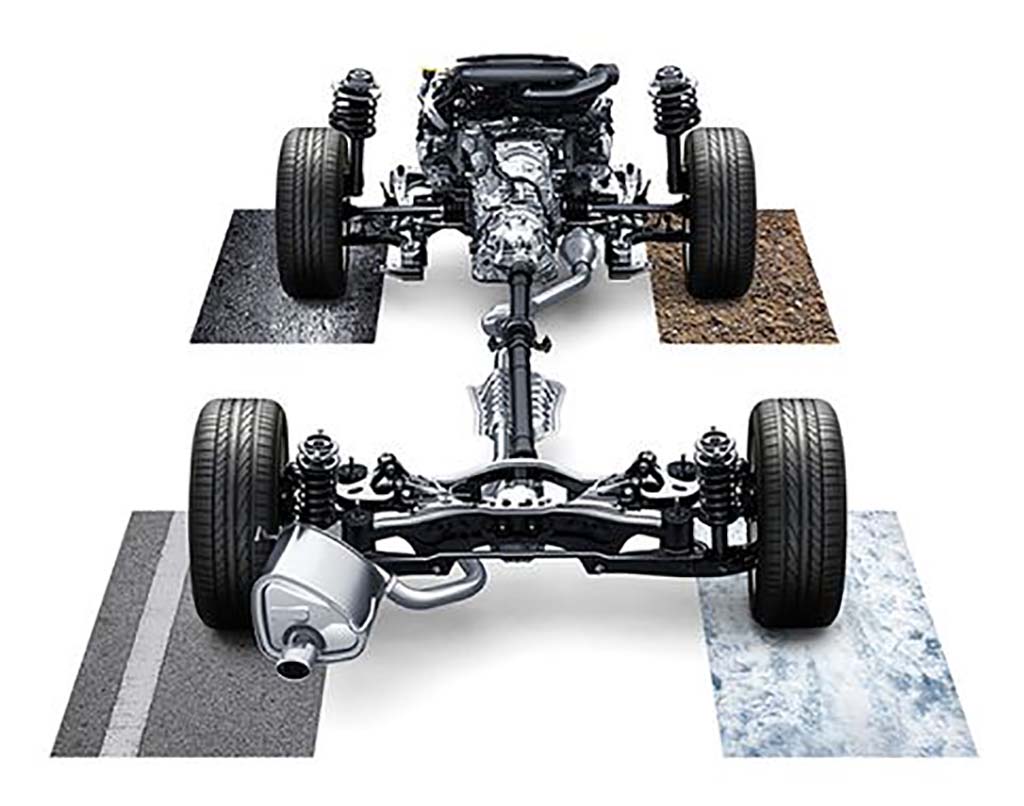Driving in snow; tips by Drive
Just imagine: your car sits neatly on winter tires, the snow falls meters high and the roads are completely white. How do you approach this, and what does your drive do with grip and handling?
Front Wheel Drive (FWD)
In a front-wheel drive car, most of the power comes from the front wheels. On snow, this means that you accelerate carefully, especially when accelerating or cornering. Keep the speed low and use gentle braking. Due to the weight of the engine over the drive wheels, you often have better traction than with rear-wheel drive. When cornering, it is better to steer gently and not make sudden movements.
Rear-wheel Drive (RWD)
A rear-wheel drive on snow is more challenging. The drive comes at the rear, which increases the risk of the rear wheels slipping. Here it is important to accelerate slowly, to drive into higher gear earlier, and to guide the car with minor steering corrections in case of slipping. In the event of a sudden throttle, the rear end can break out, so you'll quickly feel the difference with FWD.
Limited slip differential (for example Alfa Romeo Q2)
A limited slip differential helps enormously on snow by better distributing power between the drive wheels. In a Q2 in an Alfa Romeo, the wheel that loses grip is braked, while the wheel with grip gets more power. This provides better traction when cornering and accelerating, keeping the car more stable and making you less likely to get stuck.
All-wheel Drive (AWD, Q4, Quattro)
Four-wheel drive is king on snow: power is distributed to all four wheels. This provides maximum grip when accelerating, braking and cornering. Especially with deeper snow or slopes, you notice the difference: the car stays up much better and is less sensitive to skidding. Note, however: AWD helps with traction, but not braking — so you still have to brake on time and keep your distance.
Carvendo tip: regardless of the type of drive, driving calmly, anticipating and feeling the car are crucial. Winter tires make the difference, but they're no excuse for aggressive driving. By combining the right technology with the right tires and drive, a white road suddenly becomes a lot less stressful and an experience to enjoy.










